Propylene Glycol
synthetic diol alcohol
Propylene Glycol
Other Name(s):
Propanediol; 1,3-Propanediol; 1,2-Propanediol; Propane-1,3-diol; Propane-1,2-diol; E 1520; CAS# 57-55-6 (1,2-Propanediol); CAS# 504-63-2 (1,3-Propanediol); PG

Historically, and still quite commonly today, Propylene Glycol was, and is made using a propylene monomer (crude oil/petrochemical derivative) as a starting material. Thankfully, there have been developments in manufacturing Propylene Glycol which use plant-based glycerine as the starting raw material and hydrogen peroxide, eliminating reliance on non-renewable sources.
Is Propylene Glycol Faithful to Nature?
Depends.
Propylene Glycol has a long history of scientifically proven safety in cosmetics, medicines and more. However, not all Propylene Glycol is made equally. We only list products containing Propylene Glycol if it’s made without petrochemicals but we will not list any aerosol products containing it. However, the decision to use products containing Propylene Glycol remains in your hands. People with very sensitive skin may wish to avoid it.
Benefits: Why is Propylene Glycol Used?
Humectant
Propylene Glycol is used to retain moisture in food, medicines, cosmetics.In skincare products it gives the skin a moistured, dewy look.
Solvent
Propylene Glycol is used as a solvent in fragrance and flavouring ingredients.
Gentle
Propylene Glycol is clear, colourless, flavourless and has no fragrance, it is usually well tolerated by the skin.
Enhances Active Ingredients
Propylene Glycol enhances the penetration of ingredients into the skin.
Propylene Glycol is one of the most widely used ingredients and can be found in an extremely broad variety of household products from skin care, hair care, cleaning, perfumery, foods, flavourings, health supplements, and medicines.
Historically, and still quite commonly today, Propylene Glycol is made via the chlorohydrin process which involves the use of chlorine, petrochemicals and extremely energy intensive conditions. More advanced methods eliminate harmful byproducts and pollutants. These more modern methods of making Propylene Glycol use a peroxidation processing of glycerine to achieve the same result.
According to the USFDA’s Voluntary Cosmetic Registration Program (VCRP) from 2019, there are at least 14 395 cosmetic products containing Propylene Glycol made in the US. But the true number of products containing the substance is vastly higher because it is also used extensively in factory foods and medicines.
The raw material (glycerine) used in the production of the more modern, COSMOS approved Propylene Glycol variants is typically the byproduct of biodiesel production.
Propylene Glycol is used as an inactive ingredient in a number of FDA-approved drug products. It has been approved at concentrations up to 98.09% in topical drugs and 92% in oral solutions.
The Acceptable Daily Intake (ADI) for Propylene Glycol is 0-25 mg/kg bw. We ensure that appropriate serving sizes for foods do not exceed this amount of Propylene Glycol for the average adult.
Propylene Glycol is used in cigarette alternatives (‘vape pens’ and ‘vape juice’) and is associated with harmful effects on the respiratory system. We don’t list any aerosol or air freshener products which contain Propylene Glycol.
Notice: The information provided here is not intended as medical advice and is for educational purposes only.
Products Containing Propylene Glycol
-
sku96584

-
sku96578

-
sku137439


-
sku1536

-
sku1535

-
sku8849

-
sku8854
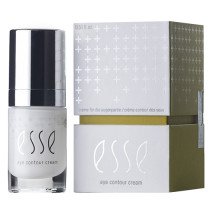
-
sku101357

-
sku1533

-
sku1537

-
sku93563
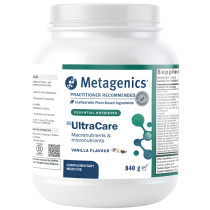
-
sku119196


-
sku1530

-
sku64221

-
sku1534

-
sku119195


-
sku101354

-
sku137435


-
sku64217

-
sku8852
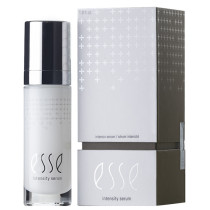
-
sku101358

-
sku1538

-
sku1540

-
sku8850

-
sku8851
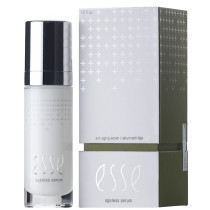
-
sku6857

-
sku6221

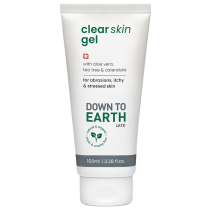
-
sku131516


-
sku1553

-
sku1546

-
sku120480

-
sku1541

-
sku1544

-
sku1542

-
sku6856

-
sku113335


-
sku1575

-
sku1543

-
sku1554

-
sku6859




